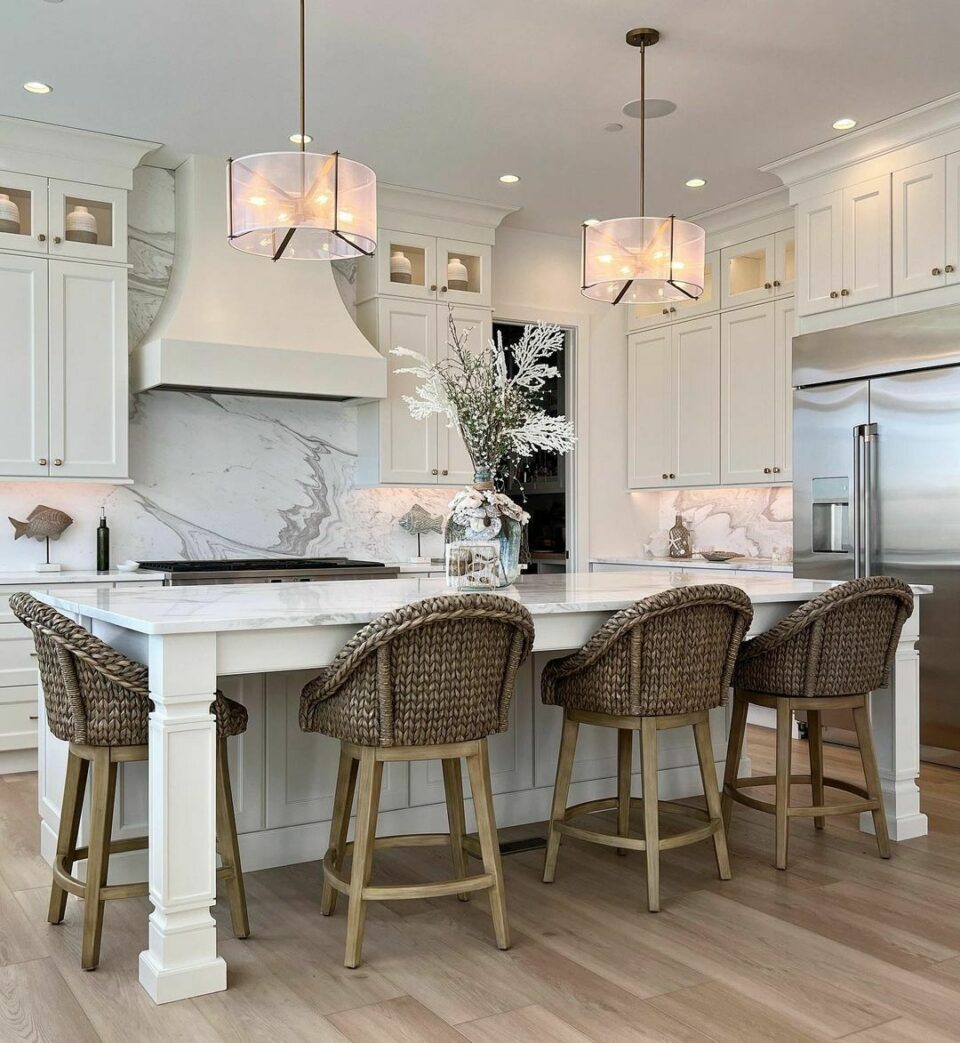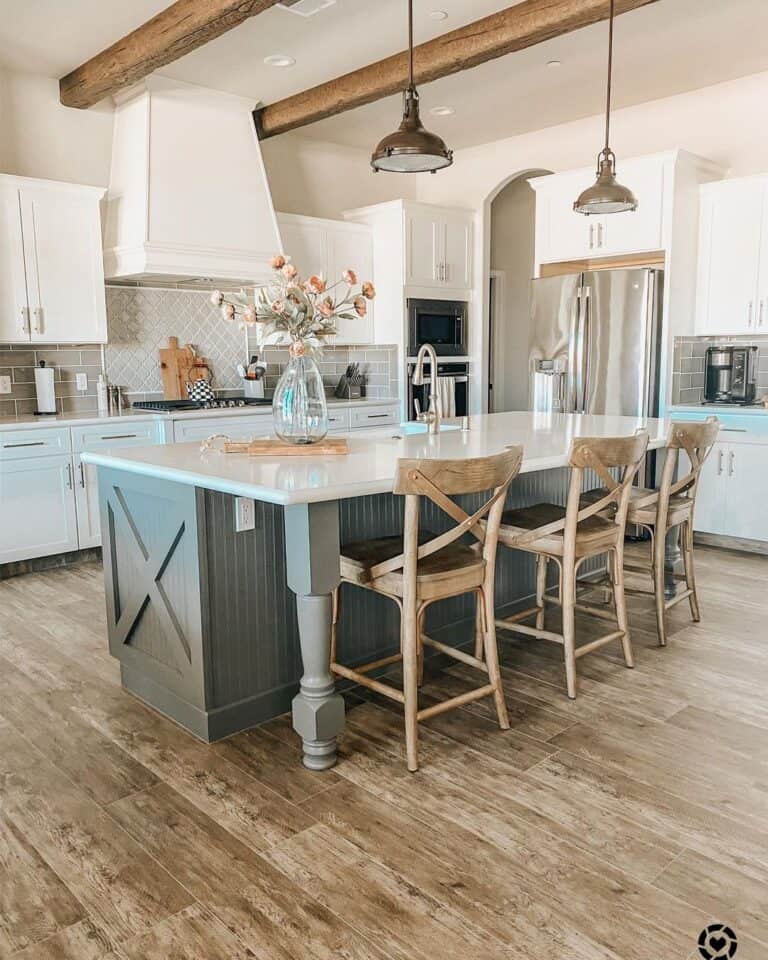Accomplish an Innovative Appearance Using Ornate Legs For Kitchen Island Styles
Accomplish an Innovative Appearance Using Ornate Legs For Kitchen Island Styles
Blog Article
An Overview to Choosing the Perfect Legs For Kitchen Island for Your Home
Picking the excellent legs for your cooking area island is a nuanced decision that affects both the performance and aesthetic appeal of this central room. As you consider these elements, it comes to be evident that the ideal legs can transform not only the look of your kitchen area however likewise its functionality for years to come.

Comprehending Cooking Area Island Legs
When picking legs for a kitchen island, it's vital to understand their practical and visual functions in the general style. The legs work as a critical support group, making sure stability and resilience for the island, which frequently functions as a workspace, eating location, or collecting place. The option of material and building technique need to be durable enough to withstand everyday use and prospective wear.
In addition to their structural responsibilities, legs add considerably to the island's visual appeal. They can improve the cooking area's design, whether via typical, modern, or eclectic designs. The height and percentage of the legs are additionally essential considerations; they need to integrate with the island's countertop height while guaranteeing comfortable seating for those making use of the space.
Moreover, the leg layout can influence the overall flow of the kitchen. Open, ventilated leg designs can create a feeling of agility, while strong, considerable legs might share a more based and secure visual - Legs For Kitchen Island. Recognizing these useful and visual aspects will certainly lead homeowners in making notified options that enhance their kitchen's layout and boost its use
Popular Styles and Products
The option of legs for a cooking area island incorporates a range of prominent designs and products, each offering special features that can enhance both performance and visual appeals. Amongst one of the most desired designs are modern, rustic, and conventional. Contemporary legs typically include smooth, minimal styles that stress simpleness and clean lines, making them optimal for modern cooking areas. Rustic styles, on the other hand, accept natural environments and usually display reclaimed timber or distressed finishes, adding heat and beauty to the room. Traditional legs commonly display luxuriant information and workmanship, enhancing traditional kitchen styles.

Height and Security Factors To Consider

Security is go an additional essential consideration. The legs of the kitchen island must supply appropriate support, making sure that the framework can withstand day-to-day use without changing or tottering. Material option plays a significant role in stability; steel legs, as an example, tend to offer higher strength contrasted to wood. Additionally, ensuring that the island is securely secured to the click this link floor or wall surface can enhance stability, particularly for larger islands that might bear substantial weight.
Matching Your Cooking Area Visual
Picking the appropriate legs for your cooking area island surpasses performance; it also plays a considerable role in the total visual of the room. When selecting legs, consider the design style of your kitchen area. For a contemporary look, streamlined steel or minimal styles can develop a tidy, modern-day ambiance. On the other hand, rustic or standard kitchens commonly take advantage of wooden legs with detailed describing or a troubled finish, enhancing heat and personality.
Legs that match or comparison with your island's surface and surrounding cabinets can produce aesthetic consistency or striking focal points. Additionally, consider the coating of the legs; matte, glossy, or textured surfaces can significantly influence the general feeling of the cooking area.
Installment and Upkeep Tips
Setting up kitchen island legs requires mindful focus to detail to make certain both stability and aesthetic charm. Utilize a stud finder to find wall surface studs if you are attaching the legs to a wall or making use of braces for added assistance.
When securing the legs, use premium screws and, if necessary, wood glue for extra stamina. For metal legs, guarantee that you are making use of ideal supports and tools to prevent damages to your floor covering. It is suggested to look for levelness after installation, making adjustments as required to avoid wobbling.
Clean the legs with a suitable cleaner, preventing unpleasant materials that may scratch the surface. By complying with these setup and upkeep pointers, you can make certain that your kitchen island legs remain both functional and aesthetically attractive.
Verdict
In final thought, picking the appropriate legs for a kitchen area island demands cautious factor to consider of elevation, stability, and visual compatibility. Eventually, thoughtful leg option plays a crucial duty in raising both the practicality and layout of the kitchen area room.
When selecting legs for a cooking area island, it's important to understand their useful and visual functions in the overall design. Open, airy leg designs can develop a feeling of agility, while solid, significant legs might convey a much more based and stable aesthetic. The legs of the kitchen area island ought to supply adequate support, making sure that the structure can stand up to he said everyday usage without shifting or tottering.Installing kitchen island legs requires mindful attention to detail to ensure both stability and aesthetic charm.In verdict, choosing the appropriate legs for a kitchen island demands mindful consideration of height, stability, and aesthetic compatibility.
Report this page